Building Resilience: Why U.S. Distribution Centers Matter More Than Ever
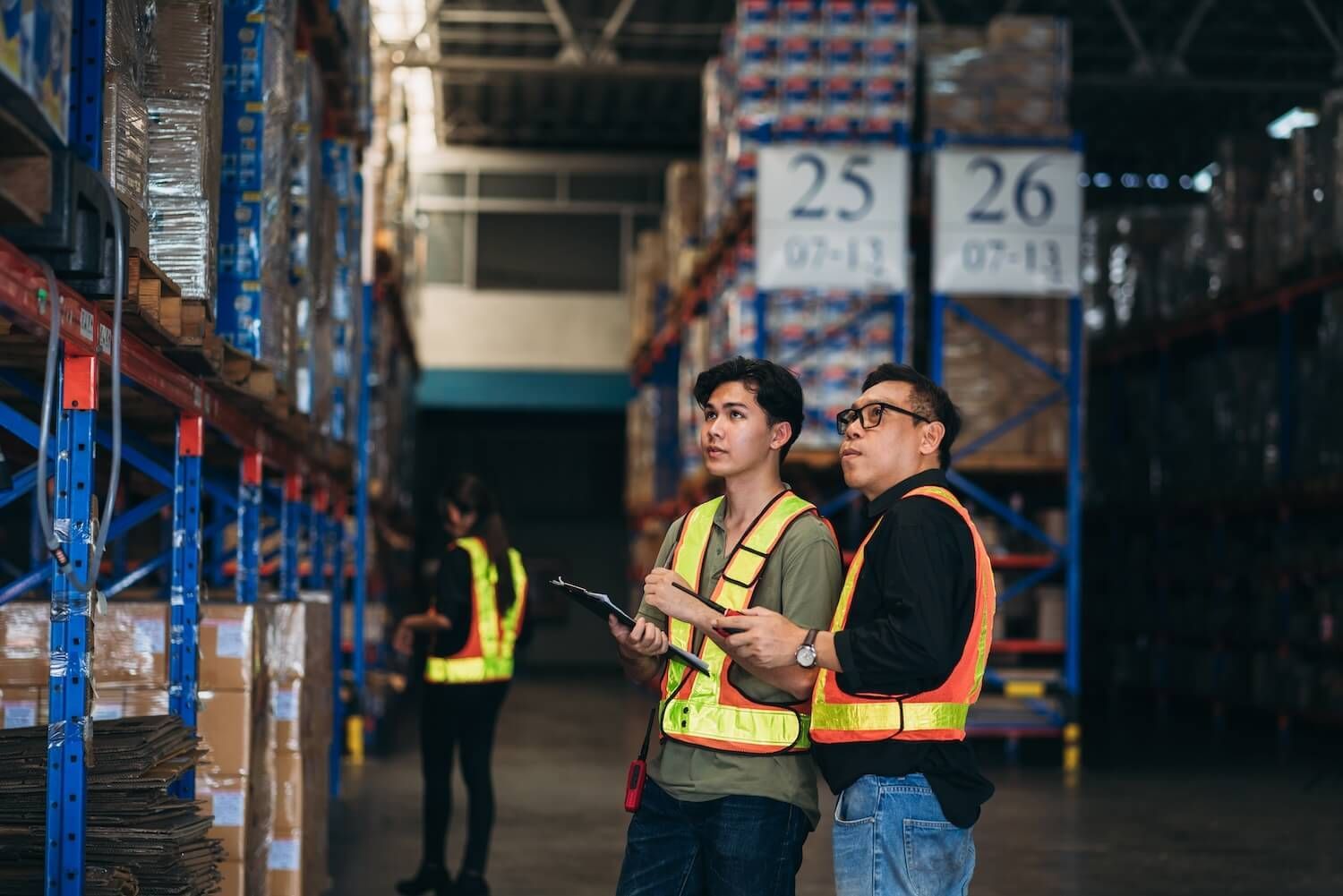
Distribution Centers: The Backbone of Resilience
The hum of global commerce, once a steady drone of predictable efficiency, has become punctuated by sharp intakes of breath. Boardrooms across the nation, from burgeoning startups to established multinational corporations, are now the stage for urgent discussions about supply chain vulnerabilities. The intricate networks that once stretched seamlessly across continents, lauded for their cost-effectiveness, are now revealing their inherent fragility under the weight of escalating trade tensions, geopolitical instability, and the lingering echoes of global health crises.
For years, the dominant mantra was optimization through globalization. Manufacturing migrated to regions with lower labor costs, and distribution chains extended across oceans, all in the pursuit of leaner operations and enhanced profitability. Spreadsheets glowed with the promise of efficiency, seemingly impervious to the distant rumblings of potential disruption.
However, the landscape has irrevocably shifted. The imposition of tariffs, like a sudden levy on the arteries of trade, has sent costs spiraling and introduced a climate of pervasive uncertainty. The once predictable flow of goods now faces the constant threat of disruption, forcing businesses to confront the precariousness of their globally dispersed networks.
The recent global health crisis served as a stark and brutal reminder of these vulnerabilities. Lockdowns, port closures, and the sheer complexity of coordinating international logistics exposed the fragility of relying on distant suppliers and intricate transportation routes. The concept of “just-in-time” inventory, once hailed as a pinnacle of efficiency, suddenly morphed into a precarious “just-in-case-it-arrives” gamble. Businesses found themselves scrambling to secure essential components, facing production halts, and ultimately, struggling to meet the demands of their customers.
This confluence of challenges has triggered a fundamental reassessment of supply chain strategies. The pursuit of absolute cost optimization is now being tempered by a growing recognition of the critical need for resilience, agility, and proximity. The conversation in boardrooms has shifted from simply minimizing costs to strategically mitigating risks and ensuring the reliable flow of goods. At the heart of this strategic pivot lies the undeniable importance of establishing and expanding U.S.-based distribution centers.
Deconstructing the Vulnerabilities: The Hidden Costs of Global Supply Chain Dependence
The initial allure of cost savings associated with globally extended supply chains often masked a multitude of inherent risks. The complexities of international logistics introduce numerous potential points of failure, each capable of generating significant disruptions.
Consider the intricate journey of goods traversing continents. Each border crossing, each transfer between carriers, and each customs inspection adds time, cost, and the potential for delays. A bottleneck in a distant port, a sudden surge in shipping demand, or even unforeseen weather events can create cascading effects, disrupting production schedules and delaying deliveries to end customers. The sheer length and complexity of these global chains amplify the impact of even minor disruptions.
Trade disputes inject a volatile element into this already complex equation. The imposition of tariffs directly increases the cost of imported goods, forcing businesses to absorb these expenses, pass them on to consumers, or undertake costly and time-consuming efforts to find alternative sourcing. The unpredictable nature of trade negotiations creates an environment of uncertainty that hinders long-term planning and investment. Businesses are left constantly reacting to shifting policies rather than proactively building robust supply chains.
The global health crisis laid bare the limitations of lean, globally dispersed inventory strategies. The inability to quickly pivot production or secure alternative sources when overseas factories shut down exposed the inherent risks of minimizing inventory buffers. Businesses that had meticulously optimized their supply chains for cost efficiency found themselves ill-equipped to handle sudden and widespread disruptions in supply and demand.
The Strategic Imperative: Embracing Localization and Domestic Infrastructure
In response to these systemic vulnerabilities, a significant paradigm shift is underway. Businesses are increasingly recognizing the strategic advantages of localization, bringing production and distribution closer to their primary markets. This trend encompasses a renewed focus on nearshoring, establishing manufacturing and sourcing operations in neighboring countries, and a critical reinvestment in domestic capabilities, particularly in warehousing and distribution infrastructure within the United States.
The benefits of this strategic realignment are substantial. Shorter transportation distances translate directly into reduced shipping costs and significantly faster delivery times, enhancing competitiveness in a market that increasingly demands speed and convenience. Enhanced visibility and control over shorter supply chains allow businesses to respond more effectively to fluctuations in demand and potential disruptions.
Crucially, localization serves as a powerful risk mitigation strategy. By reducing reliance on complex international networks, businesses insulate themselves from the vagaries of global politics, trade disputes, and the inherent uncertainties of long-distance logistics. Domestic distribution centers are not merely logistical hubs; they are becoming the linchpins of this more localized and resilient supply chain ecosystem.
U.S. Distribution Centers: Building Blocks of a Robust and Responsive Future
U.S.-based distribution centers are evolving from simple storage facilities into strategic assets that provide a critical competitive edge in today’s volatile environment. Their strategic importance is underscored by their ability to:
Accelerate Market Responsiveness
In a marketplace defined by rapid shifts in consumer demand and evolving trends, strategically located domestic distribution centers enable businesses to adapt quickly and efficiently. The ability to swiftly move goods from production or the port of entry to the end consumer is paramount for maintaining market share and capitalizing on emerging opportunities.
Enhance Supply Chain Agility
Domestic distribution networks provide the flexibility needed to navigate unforeseen disruptions. Whether it's a regional transportation issue or a sudden surge in demand in a specific geographic area, having inventory positioned strategically within the U.S. allows for quicker rerouting and fulfillment, minimizing the impact of disruptions.
Improve Warehouse Inventory Visibility and Management
Sophisticated warehouse management systems integrated within U.S. distribution centers provide real-time insights into inventory levels, allowing for more accurate forecasting, reduced carrying costs, and minimized instances of stockouts or overstocking. This enhanced visibility empowers businesses to make data-driven decisions and optimize their inventory strategies.
Mitigate the Impact of Geopolitical and Trade Instability
By establishing a strong domestic distribution backbone, businesses reduce their exposure to the unpredictable nature of international trade policies and geopolitical events. This insulation provides a greater degree of stability and predictability in their supply chain operations, fostering greater confidence in long-term planning and investment.
Foster Domestic Economic Growth
Investment in U.S. distribution centers creates employment opportunities and supports the growth of related industries within the United States. A robust domestic distribution infrastructure strengthens the overall economy and provides a more secure foundation for businesses operating within the country.
Strengthen Customer Loyalty through Enhanced Service
The ability to offer faster delivery times, more convenient return processes, and more responsive customer support, all facilitated by strategically located domestic distribution centers, directly contributes to increased customer satisfaction and loyalty. In today’s competitive landscape, exceptional customer service is a key differentiator.
Optimize Logistics Costs and Efficiencies
While the initial investment in establishing or expanding U.S. distribution centers requires careful consideration, the long-term benefits often include significant reductions in transportation costs, streamlined logistics operations, and improved overall supply chain efficiency.
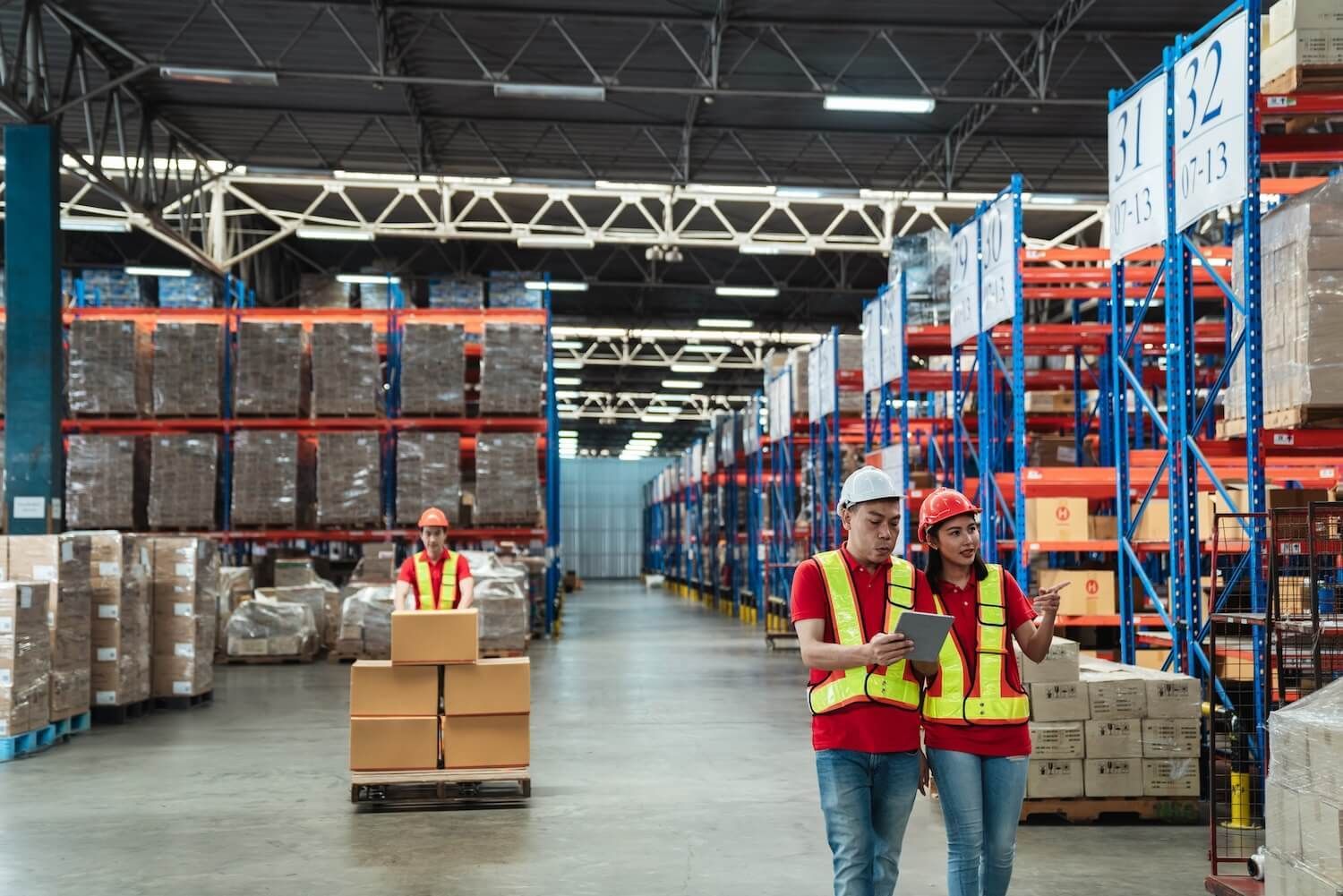
Leveraging Technology for a Competitive Edge in Domestic Distribution
The modern U.S. distribution center is no longer a static storage space. It is a dynamic, technology-infused hub where automation, robotics, and sophisticated software systems are revolutionizing operations.
Advanced Warehouse Management Systems (WMS) provide end-to-end visibility into inventory flow, optimizing storage, retrieval, and order fulfillment processes. Automated guided vehicles (AGVs) and sophisticated robotic arms are streamlining material handling, increasing efficiency, and reducing reliance on manual labor. Artificial intelligence (AI) and machine learning (ML) are being deployed for demand forecasting, predictive maintenance, and optimized warehouse layout. The integration of these technologies within U.S.-based distribution centers amplifies their strategic value, creating a more agile, efficient, and resilient supply chain.
Building a Resilient Future: A Collaborative Imperative
The transition towards more localized and resilient supply chains, with U.S. distribution centers serving as critical anchors, requires a strategic and collaborative approach. Businesses must work closely with logistics partners, technology providers, and policymakers to build a robust and efficient domestic infrastructure.
This includes:
- Strategic Network Design: Carefully analyzing customer locations, transportation infrastructure, and market dynamics to determine the optimal placement and number of U.S. distribution centers.
- Investment in Infrastructure and Technology: Committing to the necessary investments in modern warehouse facilities, advanced technology solutions, and skilled personnel.
- Collaboration and Partnerships: Forging strong relationships with domestic transportation providers, warehousing specialists, and technology vendors to create a seamless and efficient distribution network.
- Policy Support and Incentives: Working with government agencies to advocate for policies and incentives that support the development of a robust domestic logistics infrastructure.
- Continuous Evaluation and Adaptation: Regularly assessing the performance of the domestic distribution network and adapting strategies to meet evolving market demands and potential challenges.
Conclusion: The Dawn of Domestic Supply Chain Strength
The era of unquestioning reliance on globally extended supply chains is yielding to a new paradigm – one that prioritizes resilience, agility, and proximity. U.S.-based distribution centers are no longer a peripheral element of the supply chain; they are emerging as the central pillars of a more secure and responsive future.
By strategically investing in domestic distribution infrastructure, embracing technological advancements, and fostering collaborative partnerships, businesses can navigate the complexities of the global landscape with greater confidence. Building a resilient supply chain, anchored by robust U.S. distribution centers, is not merely a defensive strategy; it is an offensive move that enhances competitiveness, strengthens customer relationships, and lays the foundation for sustainable growth in an increasingly uncertain world. The strategic imperative is clear: the time to prioritize domestic distribution and build a more secure and prosperous future is now.
Discover how strategically establishing or expanding U.S. distribution centers can transform your supply chain into a source of strength and competitive advantage. Contact Razr Logistics supply chain experts today for a comprehensive assessment and explore tailored solutions that will build resilience into the very fabric of your operations.




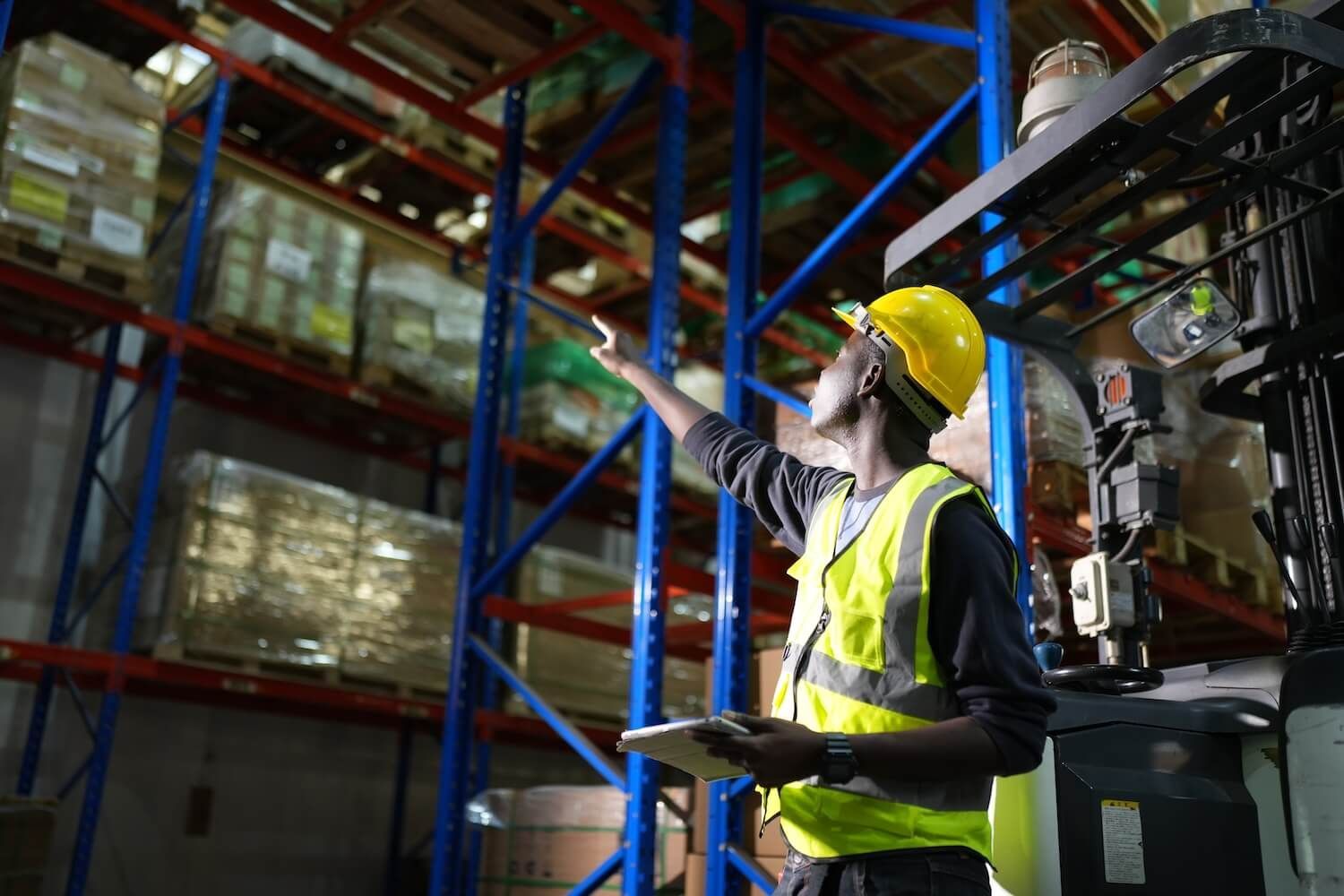

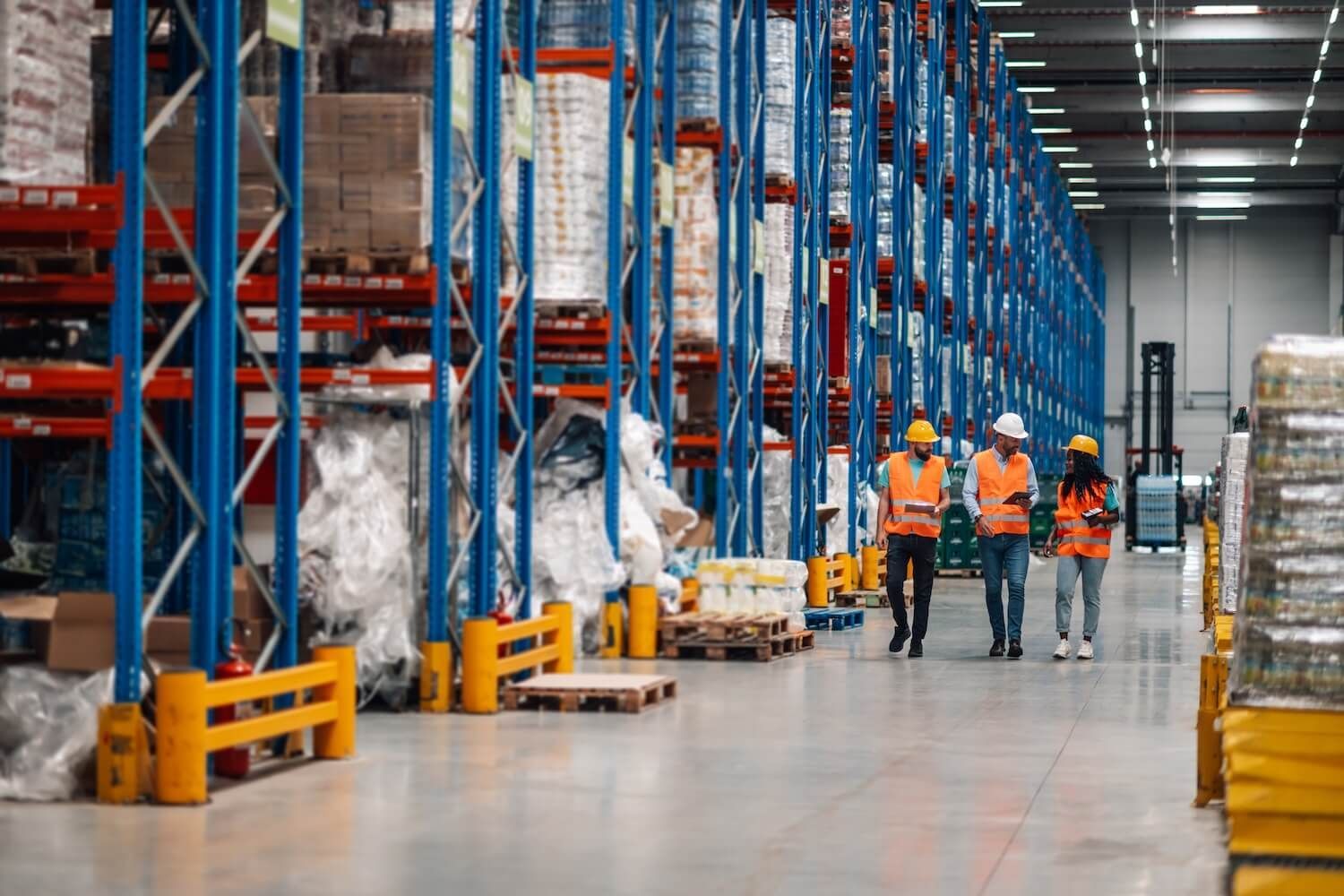
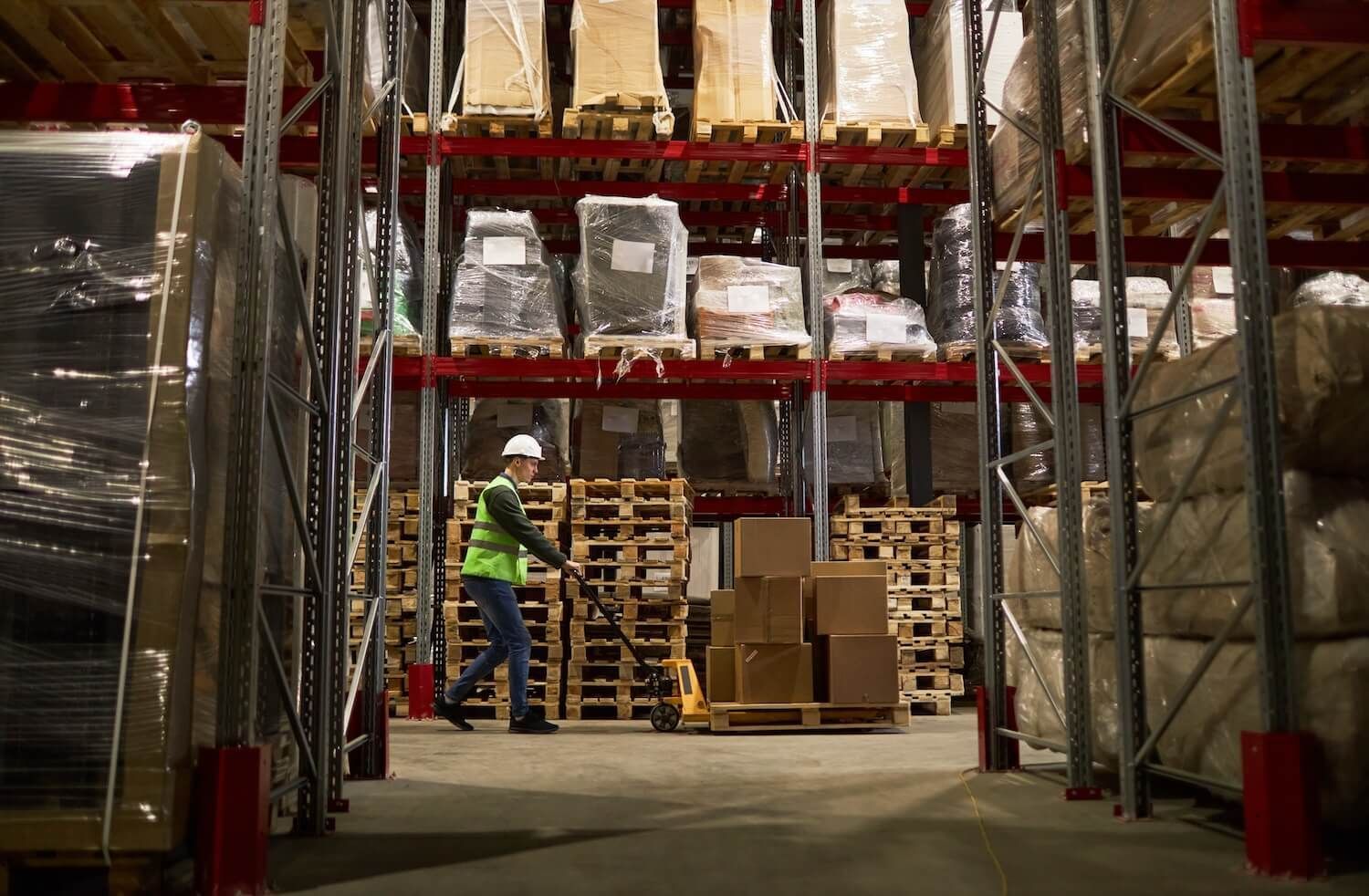

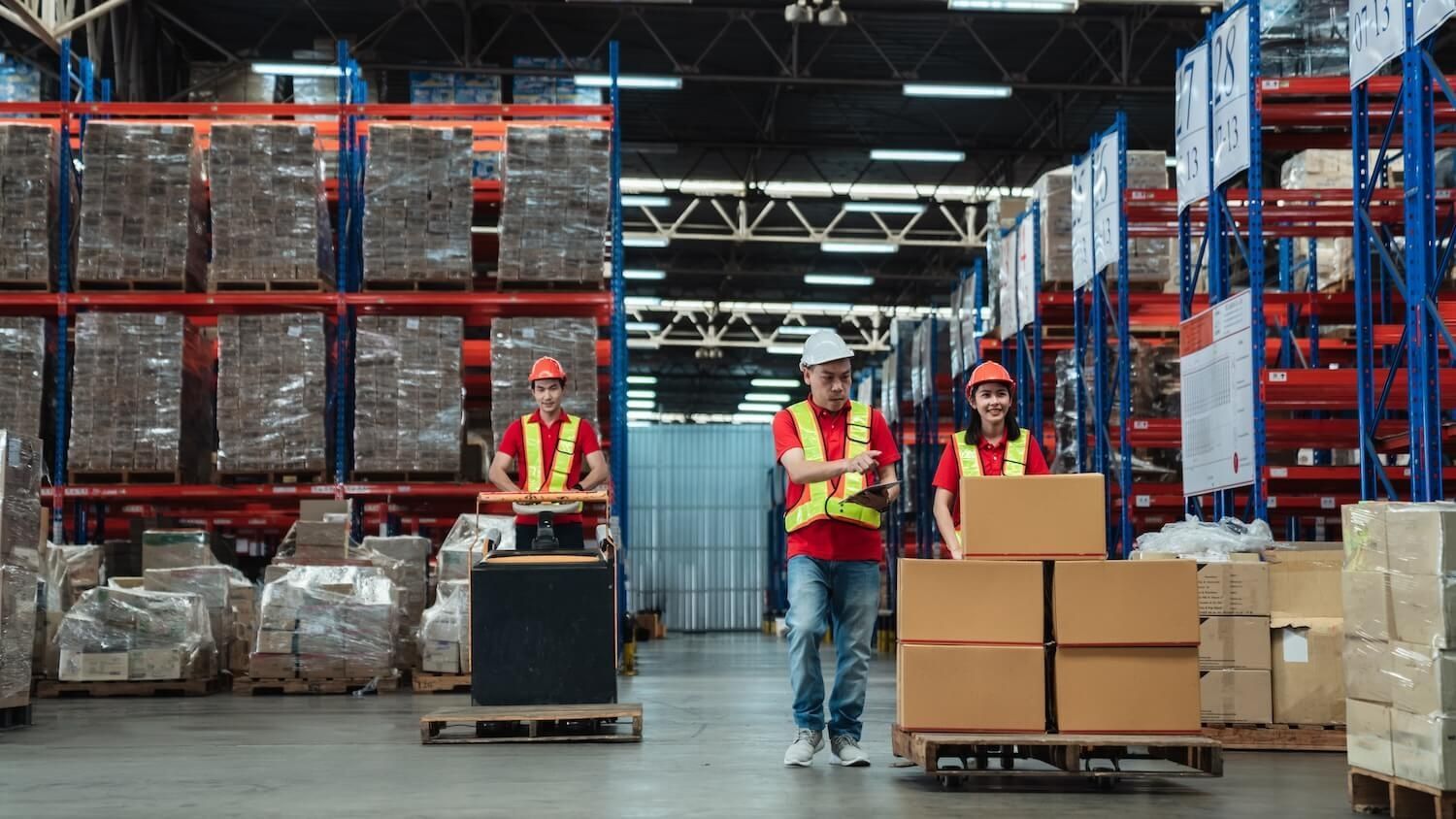


 by
by